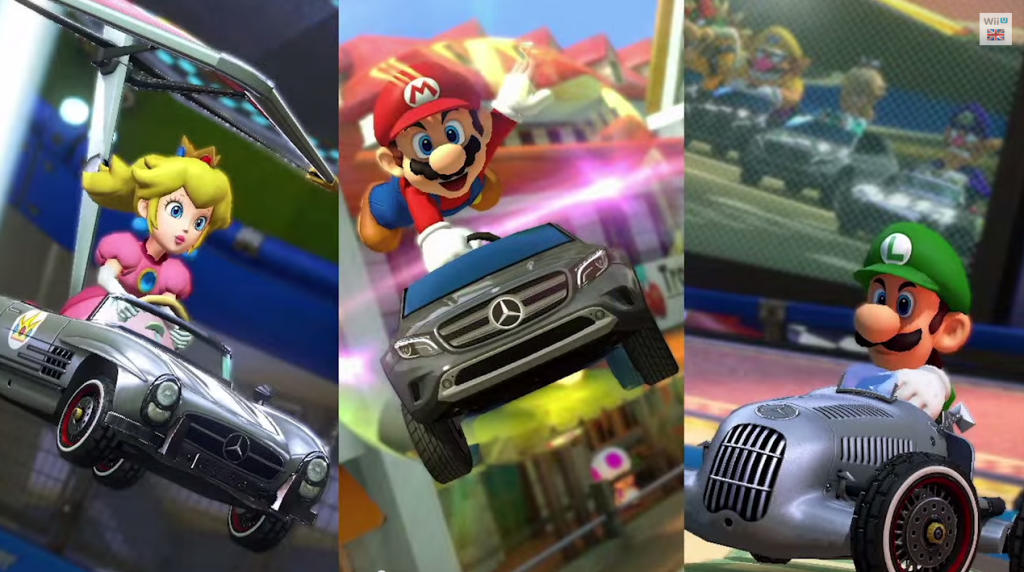Accuracy First, Then Quality in 3D Visualization
Trust me, I know it is tempting.
You just learned how to use a new render plugin that makes the materials uncanny in their realism.
…or animated wheels turning on traffic.
…or realistic grass.
…or made pavement markings look like actually painted asphalt.
…or, fill in the blank.
These little breakthroughs are part of the fun of visualization. They help take our visualizations to the next level and are necessary in the process of continual evolution. Increasing the level of quality is one of the most important things anyone of us can do, especially if we want to stand out in an ever crowded space. It is what made Mario Kart evolve into Forza and Tetris into Minecraft, all within only a couple of decades.
But increasing the level of quality isn’t the most important thing. In fact, it should always play second fiddle to the most important element in 3D visualization- accuracy.
Visualization in engineering, construction and all of the related fields is special because it requires a certain level of accuracy. The latest Grand Theft Auto doesn’t have to worry about making sure the striping matches the local specification. They can get away with bridge piers that aren’t the right shape or thickness. They don’t need to ensure that the signs are matching MUTCD.
Well we do, and that’s what makes this special.
I’ve put quality before accuracy before, and I’ll explain what happens so you don’t have to go through it yourself. Your welcome.
You have been working on your model for nearly two weeks straight. You figured out how to get the retaining walls to look right with the appropriate batter and material coloring. You researched Google Street View and found a very close 3D model in your library match to the existing vegetation. You’ve started to add traffic and pedestrians and the new plugin you are using for clouds and sun makes the entire model absolutely sparkle.
You schedule a meeting with the client and can’t wait to see their expression as this is an entire level above anything you have done and better than what they have probably seen. They enter the room and you start the video. They watch with curiosity for a few seconds before finally a look of concern crosses their face.
How can this be! Look how flipping good this rendering is! This is so much better than my early test renders that everyone I’ve shown it too has been blown away.
But, unfortunately, the client didn’t notice the retaining wall batter. Or the matching vegetation. Or the animated pedestrians. They were too distracted with what was wrong with the model. They ask you to pause and rewind the video, even before it is finished. Heartbroken you obey until he says ‘stop’.
“Something isn’t right here. Play it again.”
“And again.”
“That lane transition, it is much too short.”
Upon closer inspection you realize that he is right. You were so busy worrying about the quality that you didn’t even notice that the software you were using had automatically generated the taper and it was completely wrong.
Project managers and other stakeholders know their projects. They are usually experts with years of experience. They will notice the correctness of the model much before the level of quality.
Anything less than perfect can be distracting and we should plan our 3D visualizations for civil projects accordingly.


